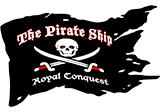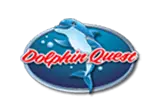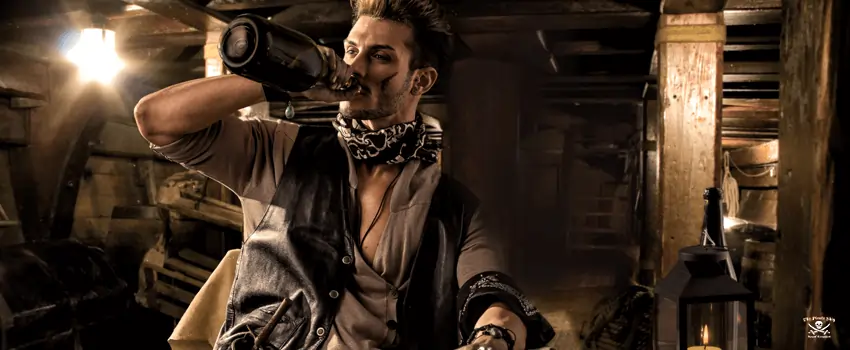A pirate drinking rum is no myth, and the tie between the sea-faring marauders and one of the most popular alcoholic beverages of all time remains an integral part of pirate lore. A pirate’s relationship with alcohol is as legendary as any other in the history of fiction. Move over, Romeo and Juliet; a pirate’s love affair with his rum stands the test of time. A pirate drinking rum is a staple in most popular media and novels about pirates; they are even portrayed on the labels of mass-produced rum. While Captain Morgan was a real pirate, today, he is the spokesman for rum-based cocktails.
What Is Rum?
You may have had a cocktail or two featuring rum, but what exactly is it? Those with a sweet tooth gravitate toward the spirit for its toasted sugar profile. The reason for this unique flavor is simple: sugar. Whether it’s pure cane sugar, molasses, or syrup, rum is one of the oldest distilled spirits in the world that uses sugar as a base.
The mid-1700s found rum production in the Caribbean and South America booming. Where there was sugar, there was rum. Pure cane sugar made the most sought-after product, but rum can be made from almost anything available. Molasses and sediment leftover from sugar production, known as “Dunder,” create an inexpensive beverage.
The Caribbean islands produced an enormous amount of sugar in the 18th century. Sugar cane fields stretching as far as the eye could see dotted the landscape. Thus, a thriving rum industry sprung up. Rum is available in various styles, from light to dark, depending on the length of aging and other factors. A history of pirates would not be complete without rum. As it turns out, a pirates’ choice of rum depended on their port of origin.
Rum and the Golden Age of Piracy
The production boom of rum in the Caribbean and the Golden Age of Piracy overlap. Pirates were in the midst of their dominance when the growth of sugarcane on various islands and rum production increased.
The Golden Age of Piracy began in the 1650s and stretched to the mid-1700s. Most historians consider it the heyday of pirate activity. Rum production for the Caribbean also hit its stride in the early 1700s; thus, a pirate and a bottle of rum were never separated for long.
Pirates operating out of islands such as Port Royal, Jamaica, Tortuga, and Haiti, had access to the best rum produced. Modern producers such as Appleton have roots dating back to the mid-1600s on the island of Jamaica. Many well-known rum brands that exist to this day began operation during this period.
What Did Pirates and the Navy Have in Common? Rum!
Why do pirates love rum? Lay the blame at the feet of the Royal Navy.
As with most things pirate, the British Royal Navy began its partnership with rum in the early 1700s. Sailors received a ration of rum daily. This ration, known as a “tot,” proved popular. The rum rations continued for two centuries until one mournful day known as “Black Tot.” On July 31, 1970, the Royal Navy discontinued the practice, to the dismay of all British sailors.
Pirates, hunted by the British who rewarded captains for their capture or execution, had at least a love of rum in common with their sworn enemies. Many pirates were former enlisted officers who brought a love for rum into their career in piracy. Furthermore, long-haul voyages for pirates created a necessity for stable food supplies. Freshwater proved a rare commodity, often spoiling within days of embarking. Yet rum enjoyed a long shelf life. Pirates poured spirits into freshwater to extend its potability.
Grog aboard a pirate ship proved the next best thing to a rum drinker than the pure spirit itself. A mixture of rum, water, and lime juice proved a pirate’s best bet for a thirst quencher.
Though the Navy and pirates enjoyed rum, only the Navy had the discipline to ration portions. The stereotypical drunken pirate may have originated from a lack of rules on consumption. Overindulgence is a pirate’s trademark as much as a parrot on the shoulder. Records show that many battles were lost due to a lack of sober pirates to play defense.
Rum and Pirates Take Hollywood!
“Why is all the rum gone?” quipped Captain Jack Sparrow while stranded upon a deserted island. Disney’s “Pirates of the Caribbean: The Curse of the Black Pearl” gave rise to a rum renaissance, not just among pirates. Sales of the spirit skyrocketed following Johnny Depp’s portrayal of a pirate drinking and mourning his favorite beverage. The portrayal of rum and pirates dates back to film’s early days, and in the written word.
Rum plays an integral part in the 1961 Elvis Presley film, “Blue Hawaii,” which spawned a rum-based cocktail of the same name. “Captain Ron” (1992), starring Kurt Russel as a rum-soaked captain, features a face-off with modern pirates.
Robert Louis Stevenson’s “Treasure Island”, the most famous fictional pirate adventure, praises rum. The infamous pirate crew led by Long John Silver consumes copious amounts of rum. Stevenson also gives rum and pirates the musical treatment. “Dead Man’s Chest” is well known for its lyrics about a pirate’s love of rum.
Fifteen men on the dead man’s chest—
…Yo-ho-ho, and a bottle of rum!
Drink and the devil had done for the rest—
…Yo-ho-ho, and a bottle of rum!
Rum and Pirates: BFFs
Rum remains as popular as ever, be it a modern iteration or a classic concoction of grog. Whether you’re a rum drinker or not, coming across a bar menu sans rum is tantamount to lunacy.For a pirate, rum could be a saving grace from the doldrums of a long voyage or dehydration.
While the pirates aboard the Royal Conquest await landfall, rum is available for thirsty guests. Departing daily from St. Petersburg, Florida, experience life as a pirate aboard the Pirate Cruise in John’s Pass.
Experience the pirate life with Sunshine Scenic Tours. Contact us today.







